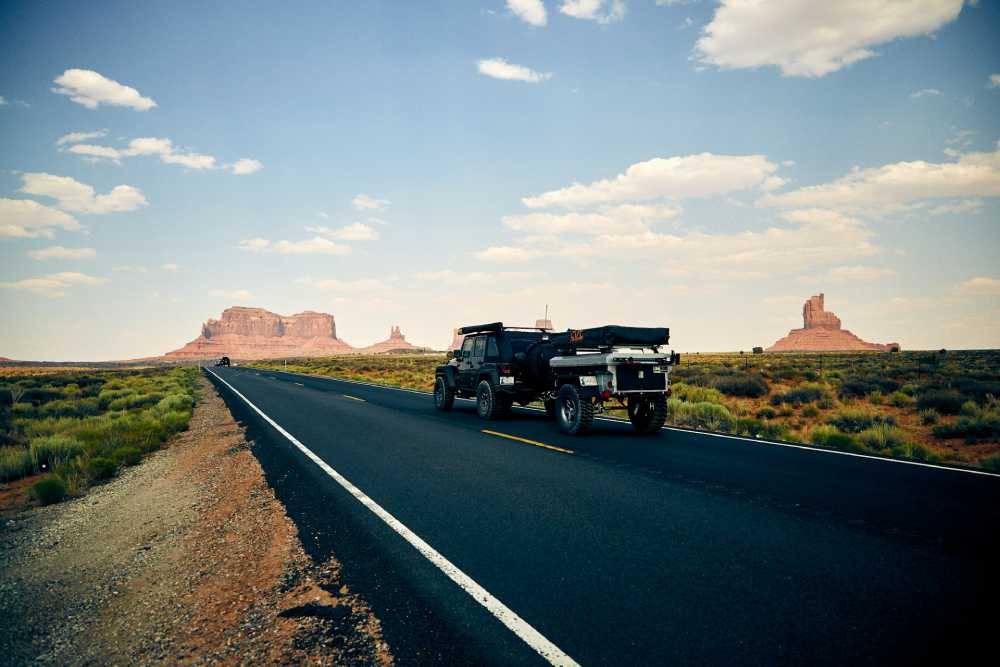
Trailers 101: Everything You Need to Know Before Hitting the Road
When you’re pulling a trailer, your vehicle’s blind spots increase, it takes longer to accelerate and change lanes, and you must be extra attentive to road hazards. But with the right know-how, trailering can be as comfortable as driving your car.
This trailer towing guide offers essential tips, including balancing your load. It covers trailer types, industry terminology, and maintenance practices for a smooth towing experience.
Weight Capacity
From hopper-style trailers for grain transport to flatbed trailers and lowboys for hauling heavy equipment, the types of trailers used in the transportation industry are vast and varied. As a result, each trailer type carries a different load and has a unique weight capacity.
Understanding the difference between a trailer’s dry weight, GVWR, and payload capacity is essential for anyone using one. The more you know about your trailer, the better equipped you’ll be to safely and efficiently fulfill your hauling needs.
Tires
The tires on a trailer need to support the heavy load they will carry. As such, they’re usually much heavier than passenger car tires, weighing 15 to 22 pounds on average.
The heaviest trailer tires come from tractors and new trailers, weighing hundreds of pounds each. They’re made to withstand harsh conditions and extreme loads, so they must be sturdy enough to last years.
Each tire has several parts, including bead filler, inner liner, carcass, and tread. Each component plays a role in how much weight each tire can hold.
Hitch
The trailer hitch is one of the most crucial parts of a safe tow. If the hitch comes undone during a drive, it can seriously damage your vehicle and other motorists on the road.
It is important to have the correct class of hitch rated for your trailer and vehicle’s towing capacity. You should also install a weight distribution system and safety chains on your trailer.
When hooking up a trailer, using a guideline for alignment is helpful. If your towing vehicle has this feature, it will display a centered guideline in the rear vision camera view when in REVERSE to help you line up the trailer correctly.
Brakes
A brake is a mechanical device that inhibits motion by absorbing energy, typically using friction. When selecting a brake for your trailer, RV, or other hauling needs, disc brakes offer a superior ownership cost over the vehicle’s life. With simpler maintenance, superior performance, and optimal value, disc brakes are the choice for trailer owners.
A trailer is a wheeled vehicle that cannot move independently and must be pulled by another vehicle, such as a car or truck. It also refers to a film preview or serial short that theaters show before the feature presentation.
Dexter offers a complete line of disc brakes for 3,500 – 16,000 lb. trailers, including the Kodiak model.
Safety Chains
Safety chains are tiny details that can have major consequences if used incorrectly. Most trailers sales, except fifth-wheel RVs, require safety chains to be hooked up and in use.
Safety chains are designed to keep your towing vehicle and trailer connected in the event of a ball or coupler failure long enough to come to a stop safely. They are also a good way to help prevent damage caused by driving over rough road conditions.
The safest way to attach your safety chains is by crossing them under and over the coupler. They should never be twisted, as this weakens and makes them less effective.


